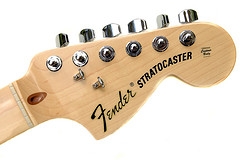Today I’m gonna show you a few ways to make your guitar tone sound more sweet. Some days you want a dirty tone, but other days you want that perfect clean sound. However, sometimes when you want it clean, it can still be harsh and ice-picky to the ears. So if you want to sweeten up your tone, try these ways:
Reverb
When you are playing through a dry amp, it can often sound too in your face and abrupt. I say abrupt because when you stop playing, all the sound goes away abruptly, which isn’t always sweet to the ears. Adding reverb will give your tone a trail, and make it feel like you are playing in a bigger place. With the right amount of reverb, the tone can turn very very sweet and addicting. I would recommend a tank reverb in your amp, or a tube driven reverb, over a digital reverb. Digital in my opinion will sound too fake and 1-dimensional. Check out my article on the Best Reverb Pedals on the Market.
Pedals
Aside from reverb pedals, there are a few that will help sweeten your tone, specifically a clean boost or a compressor. I personally own the Xotic EP Booster, which adds a nice sparkle to the tone. There are many options on the market. I would also check out Echo pedals and if set properly, it can really create the ambience of soothing tones. If you are very serious about making your tone very sweet with pedals, I would recommend to go the boutique route. Also stick to analog circuitry over anything digital as it will sound warmer.
EQ-ing your Amp
A lot of the time, you can get a sweet tone from your amp (if its a tube amp) just by dialing it in correctly. If the tone is too harsh, turn the treble down a bit. Not warm enough? Boost the mids and bass a bit. Also pay attention to where the Presence is set and experiment with different levels. I would recommend that you set all the dials to noon, and then go from there. Just use your ears and see where the tone need more or less of something. Also if you are using a tube amp, let those tubes warm up a bit, as the tone will get sweeter the longer the amp is on. Here’s more on EQing in your Amp.
Hope this helps you on your way to sweeter tone!

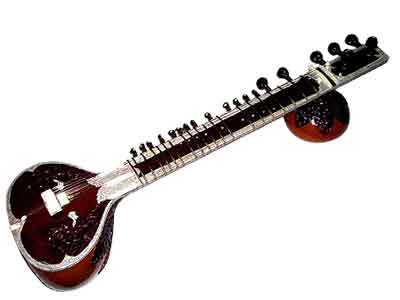 Recently, I purchased an authentic sitar (Rikhi Ram Grand Pro Tun) hand-made in India. What a difficult instrument to learn. Once I was able to get it in tune and learn some basic notes and strumming (or striking) patterns, I quickly saw the beauty of the tone.
Recently, I purchased an authentic sitar (Rikhi Ram Grand Pro Tun) hand-made in India. What a difficult instrument to learn. Once I was able to get it in tune and learn some basic notes and strumming (or striking) patterns, I quickly saw the beauty of the tone. This is the best way, as there are actually electric sitar guitars. Most notably the Jerry Jones Electric Sitar of the ’70s. These are rather expensive today, but Rogue and a few other companies made replicas for fairly cheap. If set up properly, these can sound very close to a sitar, but with a guitar twist.
This is the best way, as there are actually electric sitar guitars. Most notably the Jerry Jones Electric Sitar of the ’70s. These are rather expensive today, but Rogue and a few other companies made replicas for fairly cheap. If set up properly, these can sound very close to a sitar, but with a guitar twist.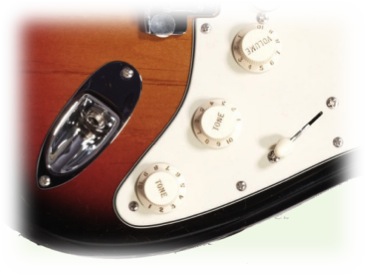
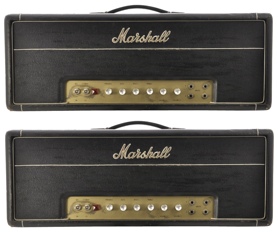
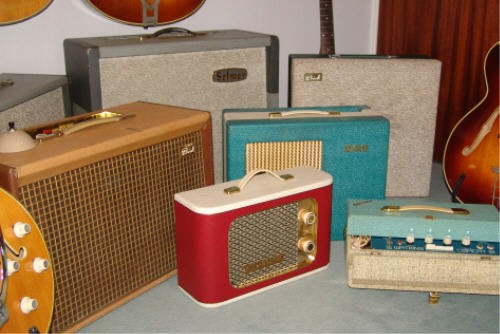
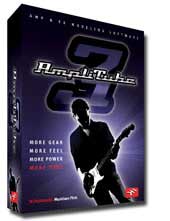
 Turning on a pedal is as simple as a click of the mouse. Go from crazy distortion to sparkling cleans in seconds. Once you create a rig you like, you can save it as a preset and come back to it whenever you want.
Turning on a pedal is as simple as a click of the mouse. Go from crazy distortion to sparkling cleans in seconds. Once you create a rig you like, you can save it as a preset and come back to it whenever you want.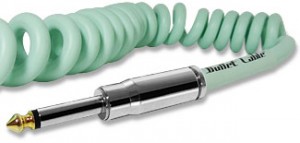

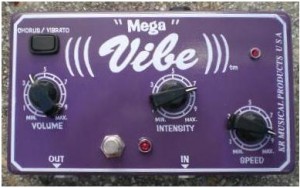 If you are familiar with univibe clones, you know the Megavibe. Many argue that the Megavibe gets the absolute closest to Hendrix’s Machine Gun, at least on the chorus setting. Randy Hansen (also known as the Hendrix Clone) uses a Megavibe, and many say that his tone is closest to Jimi’s. The only downside of this pedal is that they are extremely hard to obtain. You may be only able to find a used one on Ebay at inflated prices, as KR Musical seems to have been out of the scene for a little while now.
If you are familiar with univibe clones, you know the Megavibe. Many argue that the Megavibe gets the absolute closest to Hendrix’s Machine Gun, at least on the chorus setting. Randy Hansen (also known as the Hendrix Clone) uses a Megavibe, and many say that his tone is closest to Jimi’s. The only downside of this pedal is that they are extremely hard to obtain. You may be only able to find a used one on Ebay at inflated prices, as KR Musical seems to have been out of the scene for a little while now.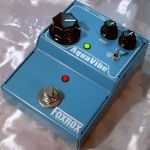 Dave Fox is known for building quality boutique vintage-esqe effects. His Aquavibe is no different, producing that vintage univibe tone, while also adding more flexibility to create different vibe tones such as the ability to change the position of the sweep. The Aquavibe has also been known to have the best vibrato out of all the univibe clones out there. Only downside is that there is about a 1 year waiting list.
Dave Fox is known for building quality boutique vintage-esqe effects. His Aquavibe is no different, producing that vintage univibe tone, while also adding more flexibility to create different vibe tones such as the ability to change the position of the sweep. The Aquavibe has also been known to have the best vibrato out of all the univibe clones out there. Only downside is that there is about a 1 year waiting list.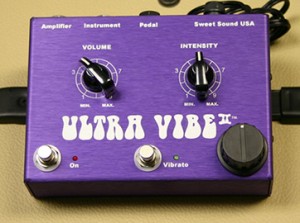 Built by the late Bob Sweet, the Mojo and Ultravibe have been around for awhile, and have been a benchmark for great univibe tones. These vibes are right up there with the aqua and mega vibe.
Built by the late Bob Sweet, the Mojo and Ultravibe have been around for awhile, and have been a benchmark for great univibe tones. These vibes are right up there with the aqua and mega vibe.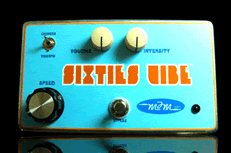 Around the forums, many have been raving about the MJM 60s Vibe. Over at MJM, the 60s Vibe has been modeled after an original univibe. Some really great tones coming from this pedal. Best part is, the MJM 60s Vibe is readily available with no waiting list.
Around the forums, many have been raving about the MJM 60s Vibe. Over at MJM, the 60s Vibe has been modeled after an original univibe. Some really great tones coming from this pedal. Best part is, the MJM 60s Vibe is readily available with no waiting list.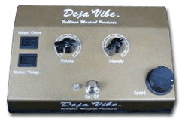 Word around the street is that the original Deja Vibe (gold unit) has some pretty authentic univibe tones. Some have argued that this pedal is closest to the original.
Word around the street is that the original Deja Vibe (gold unit) has some pretty authentic univibe tones. Some have argued that this pedal is closest to the original.